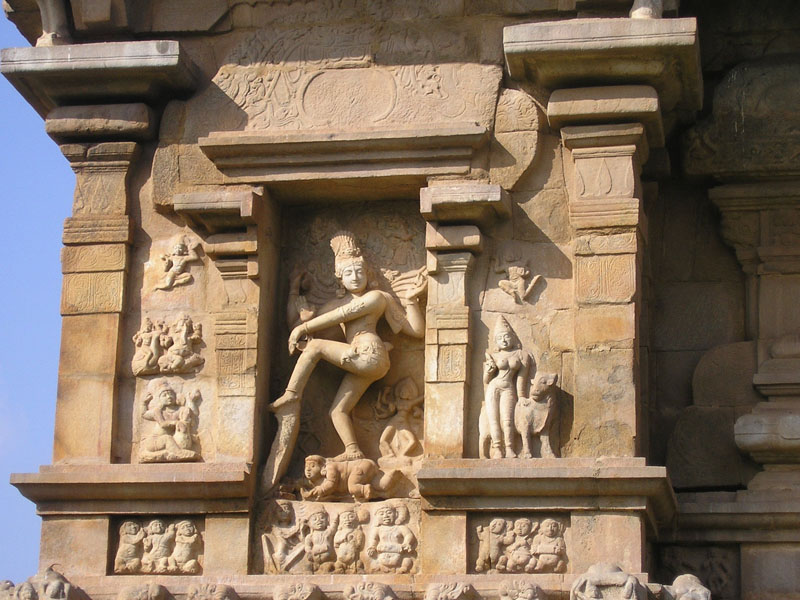Let’s know a little about the architecture of India during the medieval period and the condition of women:
What was architecture in Medieval India?
The medieval period of Indian architecture reached its peak with the construction of several temples and palaces, patronized by the Palas, Chalukyas, Cholas, Gangas, and Rajputs, each having its own style. During 950-1050 A.D., the beautiful temples at Khajuraho were built. The magnificent palace at Datia, built by Bir Singh, is one of the best examples of Hindu architecture. The palace at Amber was also built in the 17th century. The Jodhpur fort, with its remarkable bastion, and the old palace are among the best examples of surviving Hindu architecture. The stunning Surya temple at Konarak, built between 1238 and 1264 A.D., is an example of architectural excellence.
What is the feudal system?
The feudal system was prevalent both in Europe and in India. It is a kind of loyalty system used by the emperor to pacify rebelling nobles. The emperor was the supreme owner of land and soil. He gave the nobles parts of his estate together with the workforce of the farmers living there and their crops as a ‘loan’. In return, the noble, called vassal, had to fight wars for his master, the emperor. Vassals in turn created their own sub-vassals.
How did one become a knight?
The son of a knight became a page, the servant of another knight, at 7 years of age; at the age of 15, he became a squire or an assistant to the knight and was responsible for the maintenance of the equipment and weapons of the knight. At the age of 21, if his knight felt he was ready and had proven himself in the war, the squire was knighted in an elaborate ceremony. All knights had to behave in a certain way called the Code of Chivalry. They had to be loyal to their lord, protect the weak, and treat noble women with respect.
Why did many cities develop in the medieval ages?
Only very few Roman cities survived the downfall of the West-Roman Empire. Trade settlements grew slowly on important traffic routes as well as near castles and monasteries. These settlements were subsequently given ‘town charters’ by the rulers and elevated to the level of cities. Annual markets could now be organized, which were visited by traders from distant places. Magnificent town halls, universities, and banks were built. In the beginning, the facilities attracted people to the young cities because one could live independently and also pay lower taxes.
What was the condition of women in the medieval ages?
The women of the Middle Ages were totally dominated by all the male members of their families. Rebellious girls were beaten into submission, and disobedience was considered a crime against religion. Virginity, monogamy, and the sanctity of marriage were important social parameters in those days. Women were usually wives, mothers, peasants, artisans, and nuns. Some had important leadership roles like an abbess or a Queen Regent.
Why were women burnt as witches?
People who questioned the teachings of the Christian Church in the medieval ages were branded as ‘heretics’ and were often sentenced to death. The Pope even set up a special court for this in 1232, called the inquisition. At the end of the medieval age, monks claimed that there were women, in alliance with the devil, who could cast ‘evil spells’ and were responsible for diseases and failed crops. Many people believed this, and when there was a crop failure, they tried to find some witch to blame. If they thought that a witch had been found, she was burnt at the stake.
| Did you know that…
● Cities in medieval India were few, but they were large and impressive? ● Knights considered it ‘gallant’ to capture another knight in a feud and then demand ransom money from him. ● ‘Sati’, which means a virtuous woman, was a traditional Hindu practice in medieval India of a widow immolating herself on her husband’s funeral pyre. Sati was worshiped as a Goddess, and temples were built in her honor. ● In Europe about 50,000 women were executed as witches. ● In the medieval ages, a farmer could harvest only three bags of corn for every bag of seeds he had sown. Today, they harvest a lot more, thanks to artificial fertilizers.
|
Stay with
Prerna




